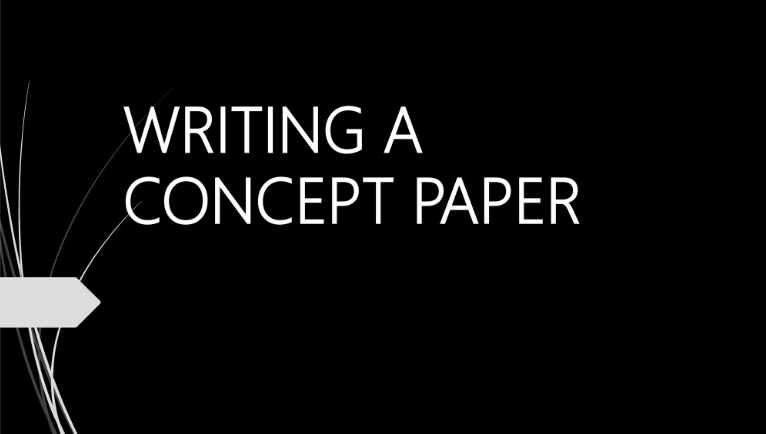The college application process is a marathon, not a sprint. It involves a complex mix of academics, extracurriculars, standardized tests, and recommendations, all carefully curated to present the best version of yourself. However, amidst all these components, one element stands out for its power to truly humanize your application: the college admission essay. This piece of writing is more than just an assignment; it’s your opportunity to reveal your personality, passions, and potential beyond the numbers. It’s your chance to make a lasting impression on the admissions committee. Learning how to craft a powerful college admission essay can be the key to unlocking your desired future.
So, how do you write a truly compelling essay that will make you stand out from the crowd? It’s not about being the most eloquent writer, but about being authentic, insightful, and showing the reader who you truly are. Here’s a guide to help you navigate the process:
1. Start with Self-Reflection and Brainstorming:
The first step is to look inward. Don’t jump into writing right away. Spend some time reflecting on your life experiences: What are your passions? What challenges have you overcome? What are your core values? Think about moments that have shaped you, instances where you learned a valuable lesson, or times when you felt particularly proud. Consider the following prompts to get your ideas flowing:
- Significant Challenges: What obstacles have you faced and how did you navigate them? How did these experiences shape you?
- Passions and Interests: What are you genuinely excited about? How do you pursue these passions?
- Moments of Growth: When did you step outside of your comfort zone and learn something about yourself or the world?
- Unique Perspectives: What makes your viewpoint distinct? What experiences have shaped your worldview?
- Influential Figures: Who has had a profound impact on you and why?
- Future Aspirations: How do your past experiences align with your future goals? What do you hope to achieve in college and beyond?
Jot down notes, ideas, and anecdotes related to these prompts. Don’t censor yourself at this stage. The goal is to gather a wide range of potential topics to choose from.
2. Choose a Unique and Meaningful Topic:
Once you have a collection of ideas, it’s time to choose the one that resonates most strongly with you. The best college admission essay topic is one that allows you to be genuine, showcases your character, and provides insights about you that aren’t evident in other parts of your application. Avoid cliché topics like ‘winning a big game’ or ‘a service trip’ unless you can present them in a truly unique and reflective light.
Instead, aim for something personal and specific that reveals something significant about who you are. It could be a seemingly small moment that had a profound impact, or an unusual hobby that reflects your creativity and dedication. Remember, the goal is to show, not just tell.
3. Structure Your Essay Effectively:
A compelling college admission essay needs a clear and engaging structure. While the specific structure may vary depending on the chosen topic, a common approach includes:
- An Engaging Introduction: Start with a hook that grabs the reader’s attention. This could be an intriguing anecdote, a thoughtful question, or a powerful statement. Avoid generic introductions and aim to immediately captivate your audience.
- A Clear Narrative: Develop your story with a clear beginning, middle, and end. Don’t just list facts; create a narrative with a flow that keeps the reader engaged. Provide sufficient detail to allow the reader to immerse themselves in your experience.
- Reflection and Insights: The most crucial part of your college admission essay is the reflection. Don’t simply recount what happened; analyze it. What did you learn? How did the experience change your perspective? What impact did it have on you? Showing self-awareness and growth is crucial.
- A Strong Conclusion: Your conclusion should tie everything together, restating your main idea, and leaving the reader with a lasting impression. It’s your last opportunity to showcase your voice and reinforce the key takeaways from your essay.
4. Embrace the Power of Storytelling:
Stories are inherently engaging, and a college admission essay is fundamentally a story about you. Rather than simply stating facts about yourself, craft a narrative with vivid language and sensory details. Use strong verbs and avoid clichés. Let your personality shine through your writing. Don’t be afraid to be vulnerable and share your true emotions. The more authentic your voice, the more compelling your essay will be. Show, don’t tell. For example, instead of saying “I am dedicated,” describe a specific instance where your dedication was demonstrated.
5. Be Yourself: Authenticity is Key
Remember, the purpose of the college admission essay isn’t to tell admissions committees what you think they want to hear, but to present your true self. It’s about sharing your unique story and experiences in a way that is authentic and engaging. Don’t try to adopt a voice that isn’t yours. Be honest, genuine, and let your personality shine through. Admissions officers want to see who you are as a person, not who you think they want you to be. A truly great college admission essay is one where you, the real you, are clearly present on the page.
6. Proofread and Edit Meticulously:
Once you’ve written a draft, take some time away from it before you begin the editing process. It’s crucial to approach your essay with fresh eyes. Look for areas where you can strengthen your writing, clarify your ideas, and improve the flow. Ensure that your essay is free of grammatical errors, typos, and awkward phrasing. Consider asking a trusted friend, teacher, or family member to review your essay and provide feedback. This extra set of eyes can catch mistakes you might have missed. The final polish is just as critical as the writing process itself. A polished and error-free essay showcases your attention to detail and your commitment to presenting your best work.
7. The Importance of Revision
Your first draft is rarely your best. Be prepared to revise your college admission essay multiple times. Writing is a process of constant refinement. Don’t be afraid to rewrite sections, change your approach, or even start over if necessary. The more time and effort you invest in the revision process, the stronger your essay will become. Seek constructive criticism and be open to suggestions. A strong essay is not only the result of good writing, but also of diligent revision.
Final Thoughts
The college admission essay is not just another assignment; it’s a vital opportunity to present your unique perspective and make a lasting impression on the admissions committee. By focusing on self-reflection, storytelling, and authentic self-expression, you can craft a powerful and compelling essay that will help you achieve your college dreams. Remember, this is your chance to tell your story and show them why you belong at their institution. Approach this task with care, dedication, and a commitment to showcasing your genuine self, and you’ll craft a truly unforgettable piece of writing. A well-crafted college admission essay can be a game-changer in your application process.









